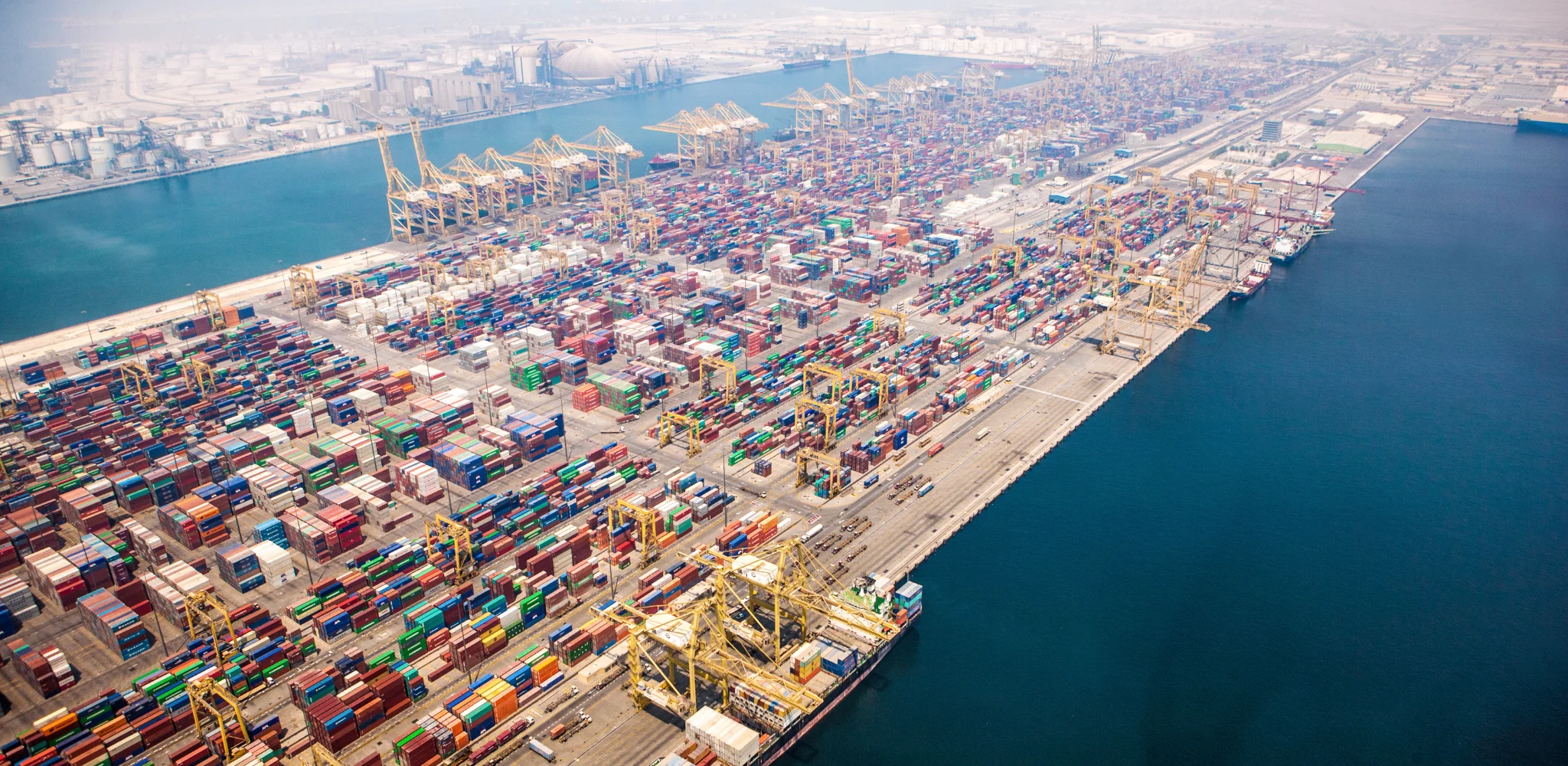
Analyst warns of congestions at Asian ports hit by Red Sea logjam
SHANGHAI : The Red Sea crisis is challenging Asian ports as congestion with “echoes of the pandemic” is seen in Asia and the Middle East with analysts warning logjam could also spread to European facilities.
Container ship diversions avoiding the Red Sea and Suez Canal are in a continuous state of flux, changing port calls and vessel sizes as carriers adjust Asia to Europe rotations to cope with demand.
These fluctuations, along with unexpected weather events and higher volumes, and holidays, including Ramadan and Eid Al-Fitr, have created challenging conditions for port operators.
Eleanor Hadland, ports’ analyst at Drewry Shipping Consultants told Container News some congestion hotspots emerging, as vessels arrive at ports outside of their docking windows.
The markets where there has been the greatest impact have fewer mainline vessel calls – but each call is taking longer – indicating a greater cargo exchange – which occurs when carriers consolidate cargo in specific markets onto fewer routes.
“For example, whereas Asia-Middle East cargo may previously have been handled on a wayport basis (i.e. dropped off / collected at key hubs on Asia-Europe trade) this is now being consolidated onto specific Asia-Middle East routes leading to larger parcel sizes being handled at the main ports,” explained Hadland.
One of the most significant ports impacted is Jebel Ali which has seen dwell for ships larger than 12,500 TEU increase from about 1.5 days in Q4 2023 to 2.5 days by the first quarter of this year, increasing pressure on trucking and port storage facilities.
A DP World spokesperson said, “Jebel Ali Port has experienced a temporary increase in vessel arrivals due to recent severe weather and changes to regional shipping routes. We’re working diligently with our partners to ensure efficient operations and minimise any effects on schedules. All major shipping lines continue their on-time arrivals at Jebel Ali Port.”
Consultancy MDS Transmodal analysed the number and size of vessels operating in the Asia to Europe trades, including direct Asia to Europe services, those with wayport calls and the Middle East, Indian Subcontinent to Asia trades in an attempt to understand the challenges being faced.
According to MDS analyst Antonella Teodoro, services to and from the Middle East and Southeast Asia remained fairly stable between Q2 last year and Q1 2024. But in Q2 this year, the number of ships handled by Singapore on the Asia to Europe trades increased to 240 from around 160 in Q1.
Port Klang was more volatile, said Teodoro, with 30 ships calling at the Malaysian hub in Q2 2023, but by Q1 this year just five vessels had docked, there only for Q2 vessel calls to again spiral upwards with 50 ships docking in the period.
Moreover, Teodoro noted that cargo capacity from Asia to Europe increased between Q2 2023 and Q1 2024, rising from over 3.5 million TEUs to 4.5 million TEUs in Q2 on the major trade lane. However, capacity between the Gulf and Indian Subcontinent to Asia, a substantially smaller trade overall, increased by around 200,000 TEUs in the same period.
But for Asia to Europe services with wayport calls the capacity increased by about 400,000 TEUs to 3 million TEUs, in Q2 this year, but then nosedived more than 30% to a little under 2 million TEUs.
Hadland said: “There have been a number of spikes and recoveries, fewer calls [in some places], bigger exchanges which have raised route peaking factors and extended average dwell times. There have been a lot of changes and the ports are supposed to cope with that.”
She added that the effects of these changes had not yet been felt in European ports.
Dynamar analyst Darron Wadey said there is a lot of anecdotal evidence of regional congestion at ports east of Suez and agreed with Drewry that the emerging situation had “echoes of the pandemic”.
He said vessel reconfigurations have “logistical implications, not the least of these is that the cargo is not where it was intended to be and will require extra effort to get it where it has to go,” meaning that empty containers are often in the wrong place. And that could lead to Asian congestion arriving in Europe sooner or later.
“The capacity deployed, the much larger vessels and more of them means that the lines want those vessels to return to Asia more quickly, adding to the pressure on hub ports in particular. Using these hub ports with more intensity will require more feeder vessels and will is expected to eventually bring congestion to Europe too,” explained Teodoro.

